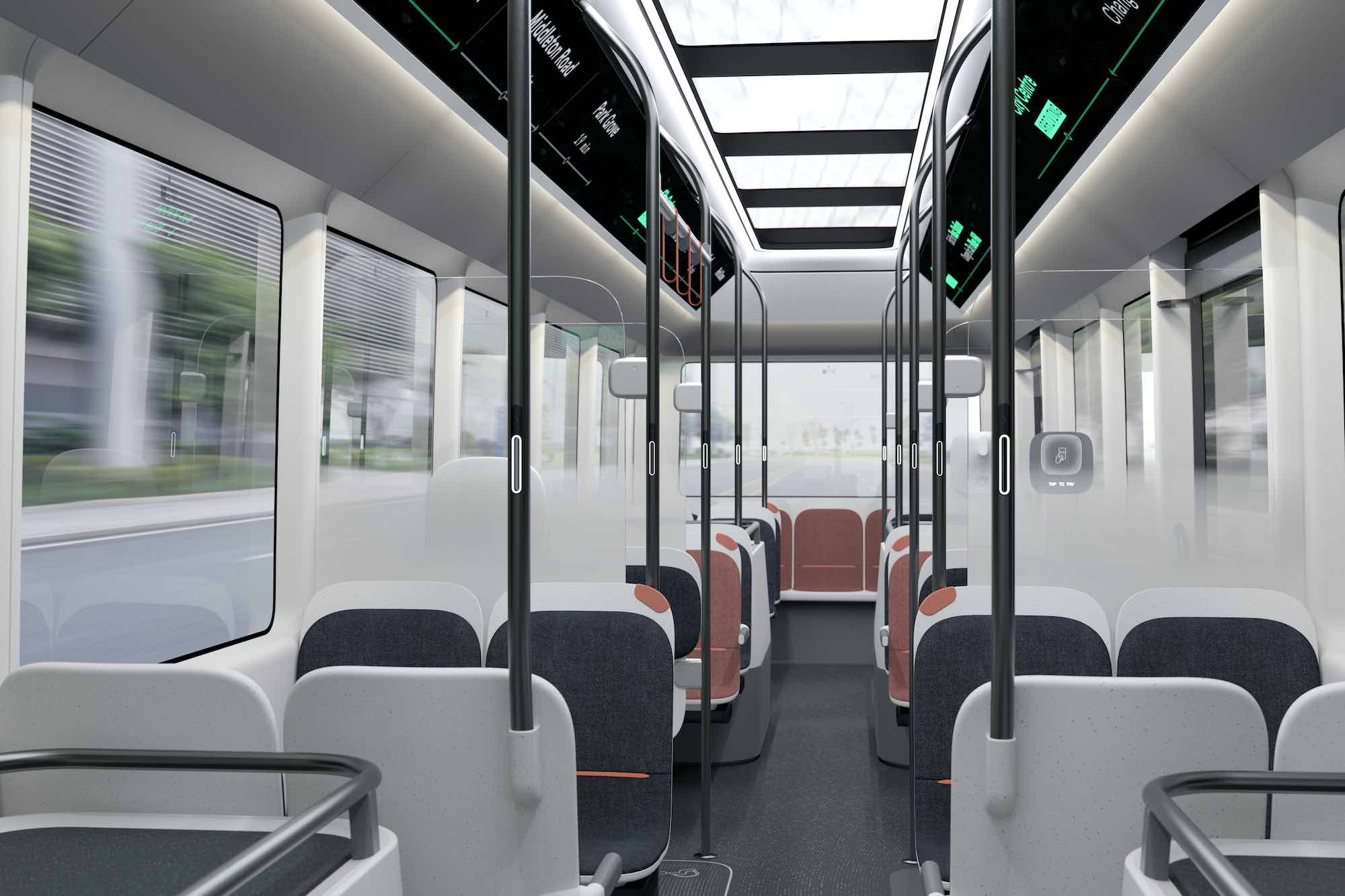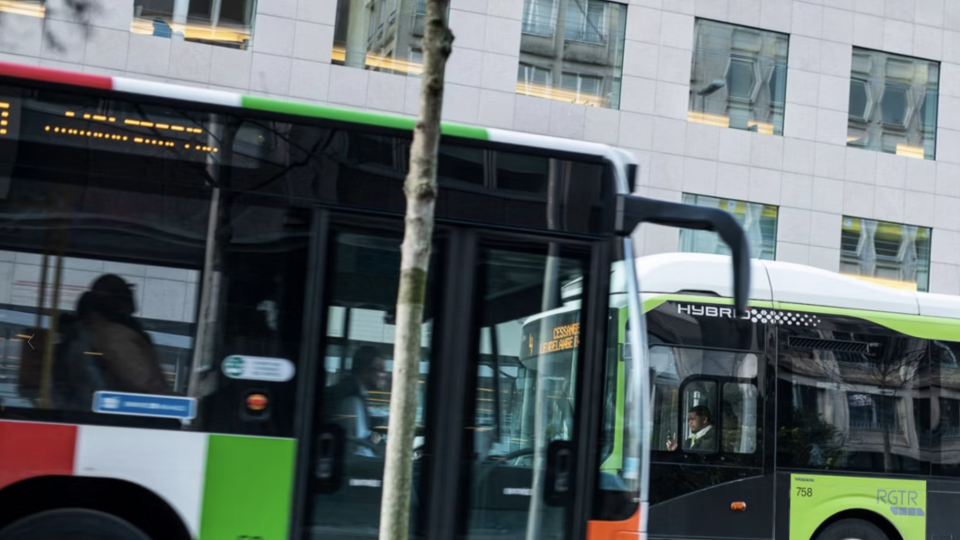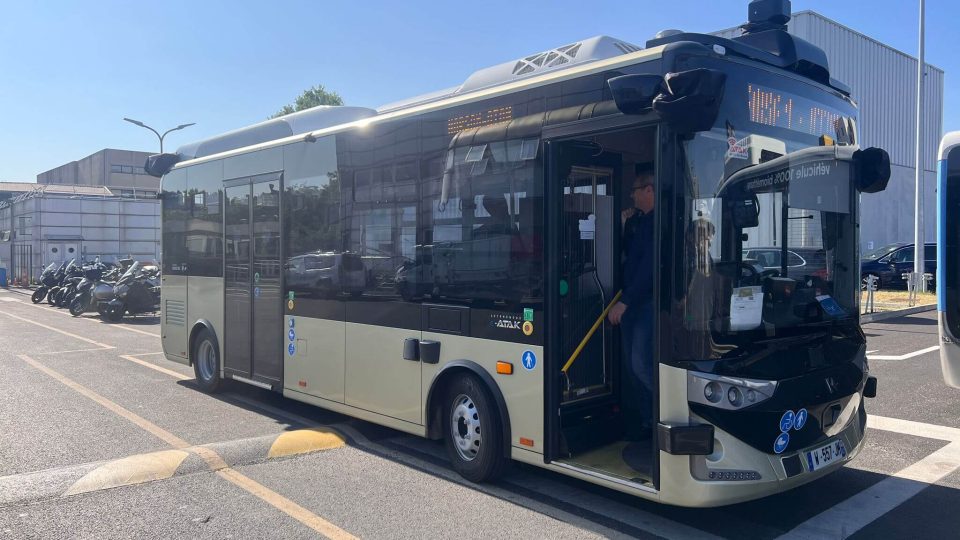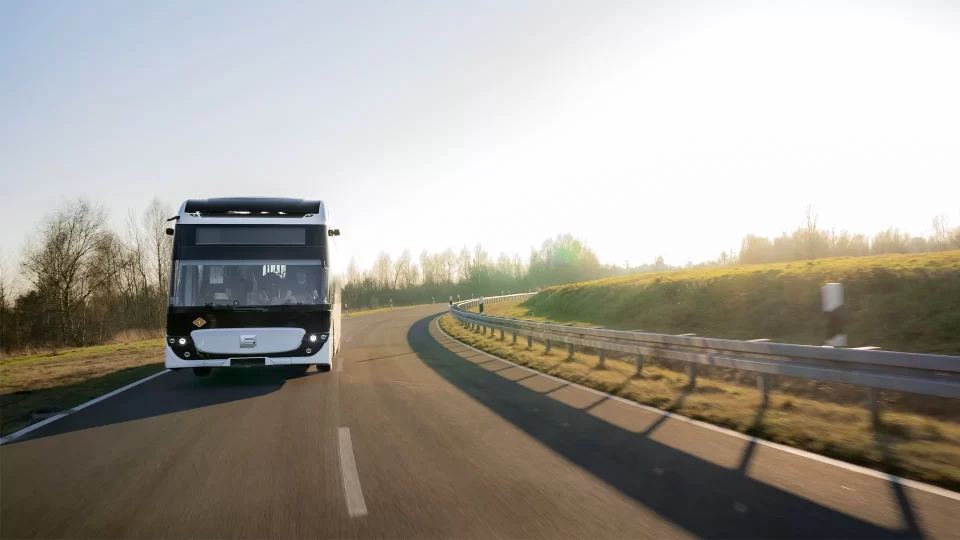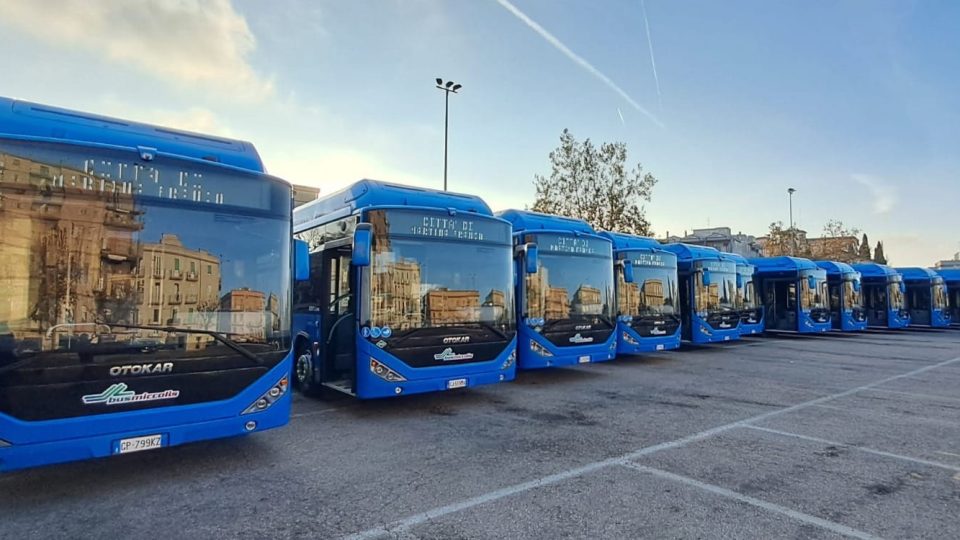The vision that lies behind Arrival Bus. An interview with Ben Jardine, Chief of Product
Lightness, software development and user experience in the spotlight. Arrival Bus, announced in June with the release of a few first snapshots, is the next add to the company portfolio, where it’ll be following the e-van. Van that was awarded with a 10,000 units order by UPS earlier this year. We discussed with Ben Jardine, […]
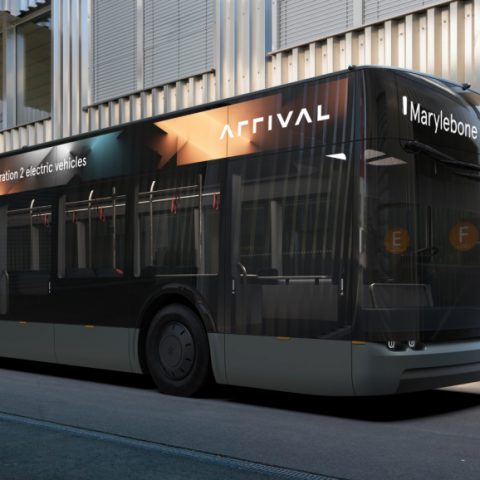
Lightness, software development and user experience in the spotlight. Arrival Bus, announced in June with the release of a few first snapshots, is the next add to the company portfolio, where it’ll be following the e-van. Van that was awarded with a 10,000 units order by UPS earlier this year.
We discussed with Ben Jardine, Chief of Product for Arrival Bus, the vision that stay behind the future electric bus of the UK-based startup.
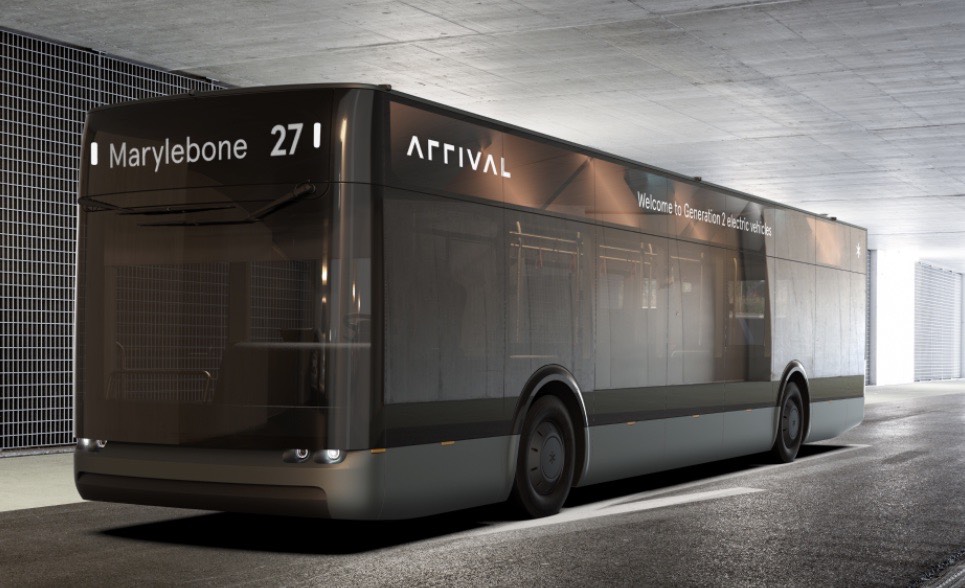
Arrival electric bus, an interview with Ben Jardine
Could you please give us a picture of Arrival company and how you came at developing an e-bus?
«Arrival is a company developing an intergrated transportation ecosystem that will help cities meet their zero emission targets and bring a better experience of public transport to their citizens.
I have been working in the commercial vehicles market for 15 years and I’ve seen a rising number of attempts at electrification in this market. Most of them have been very expensive. Huge projects as a reaction of some political needs, not developed under a mass production perspective. When Charge (today a sister company of Arrival, editor’s note) started in 2015 we thought there was the opportunity to develop a modular and scalable electric vehicle architecture that OEMs would adopt into their vehicles in order to help them to quickly get over the line into electrification. We realized quite early that it wouldn’t work because of the slow approach of OEMs in reacting to external challenges. So we decided to develop the vehicles ourselves. Today at Arrival we have announced two vehicles, one is the electric van the other is the electric bus. There are more that you are going to hear more about the future, but today we have van and bus».
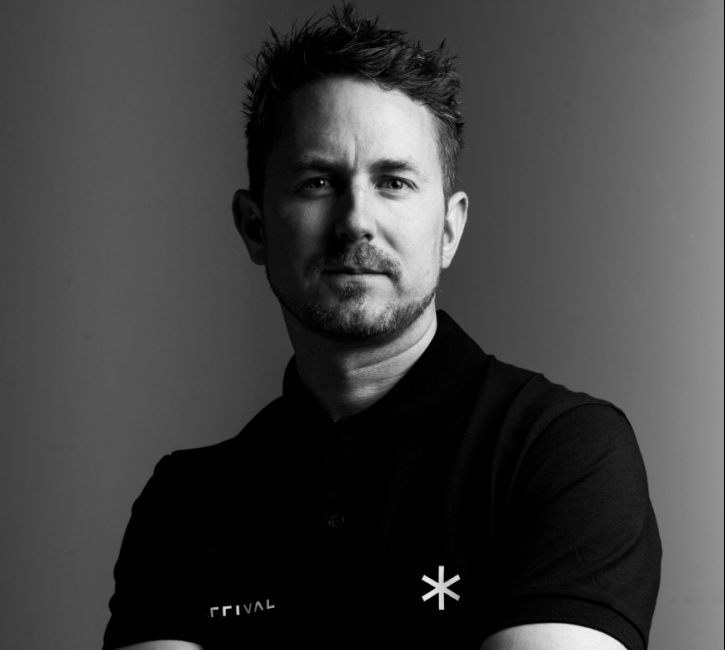
How is the Arrival Bus integrated with other products in Arrival portfolio?
«We have developed a platform architecture that integrates from the smallest through to the largest types of commercial vehicle. We opted for a plug-and-play modular solution that enables updates to our vehicles in a relatively simple way. Many of the elements which make up this architecture are common across our platforms: such as battery modules, drivetrain and power electronics. As a business we are very much vertically integrated, which provides a unique advantage in comparison to other more conventional vehicle manufacturers who have to rely on technology progression within the supply chain».
Do you work with suppliers?
«A high percentage of our Bill of Materials comprises of Arrival technology. We design and develop in house the majority of the components associated with the core vehicle systems. We work with supply partners to produce these components, but to our unique design/recipe. Many of our suppliers are not the typical Tier 1 automotive brands. Many Tier 1 suppliers operate at a much slower pace than Arrival; we therefore find working with smaller to medium enterprises, along with non-automotive technology companies a more effective way of enabling our vision. This is an enabler to be able to keep a change-oriented approach in the future rather than deliver a product and work to an update targeted for launch in many years forward. Our approach is very different than that of conventional vehicle producers: we have a software approach, where continuous improvements are accepted».
Ben Jardine: «Arrival e-bus cost to rival fossil-fuel buses»
You said vehicles will be produced in microfactories. May you be more specific on this topic?
«Microfactories are revolutionising the way we make vehicles. The advantage is low CAPEX, high profit margin and the ability to locate them close to areas of demand, producing vehicles configured to the needs of the local market.. We expect our microfactories to be able to assemble multiple products within the same facility, rather than a single model or type. Products will be assembled not on traditional production lines but in bays. We are targeting our vehicles to serve the end users for 20 years. Our approach to the platform is to not only sell a bus, but to sell a complete product which is commercially viable and provides the customer will a full menu of supporting eco-system options, designed and developed directly by Arrival. Our target is to bring the EV bus cost closer to a diesel bus».
You mean cheaper in a TCO approach?
«Not only, but also from an initial CAPEX perspective, our bus will be priced to rival existing fossil fuel buses».
How?
«First, we are not going to buy components in a competitive market. We developed this bus from zero. To give just one example, we have developed the product to have close to a 50-50 weight balance. Normally buses have a significantly lighter plated front axle than that of the rear axle; this not only means 2 axles of very different design and weight carrying capability, it also means differences in systems architecture front to rear of multiple systems. The Arrival Bus has been developed to not only have common suspension front and rear, but common wheels and tyres. The latter is common in the market today, but with our significant weight saving this enables the vehicle to run on only four tyres (2 Front, 2 Rear) and not six (2 Front, 4 Rear). We estimate our bus to be up to 40% lighter than other battery-electric buses in the market today. This means more efficiency and less battery capacity required.
We have a composite division developing innovative materials and manufacturing methods for producing these materials in mass production. We put great efforts into the vehicles dynamics, user experience is paramount to us and thus ‘ride and handling’ are at the top of our agenda. Ride and handling is not something commonly associated as a great experience in buses today. Our vision is not only to deliver operators something that is commercially viable, but something that is more friendly to users. Being honest, until now a bus is a place that people use because they need to, not because they want to. Our clear focus on user experience will hopefully change this perception».

Arrival electric bus, user experience in the spotlight
Can you mention some examples of tools you are working on with regards to improving user experience?
«Our requirement is to enable a better experience for the driver, passengers and the surrounding public. 50% of the Arrival team are software engineers, this means amazing efforts have been made to put the complexity into the software development, rather than typical hardware development. Simple is smarter. The digital side of the product offering is going to be something very special, and more details of this will emerge over the next few months.
You mentioned the modularity of battery packs. Can you be more specific?
«Usually OEMs offer a a limited ammount of battery options, two if most operators are lucky. We can deliver the precise battery size that an operator needs for a specific duty cycle, so that no operator will pay for extra battery it doesn’t need. But there will also be the possibility to update the capacity later. The van will be based on the same concept».
Arrival, microfactories, robo-assembly
In Arrival plans, did you set an average number of vehicles a microfactory should be able to produce?
«It is fully dependant on local market needs and requirement. A conventional plant operates up to a three shift pattern per day. Therefore the plant production can only ever be the maximum capability of these 3 shifts. With the introduction of robo-assembly we can optimise this and control the min/max output much more efficiently depending on the demand».
Did you set a deadline for the launch of Arrival bus?
«What we can say today is that our product will be into market soon. The snippets that will be revealed throughout the remainder of 2020 will provide confidence that we are close».
